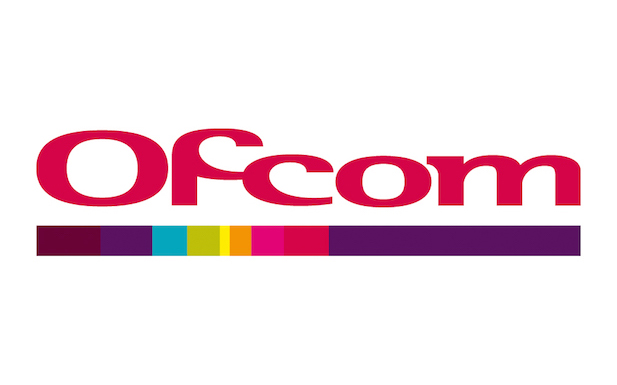UK regulator Ofcom has identified very high frequency bands that can be used for forthcoming Internet of Things applications.
The 55-68MHz, 70.5-71.5MHz and 80-81.5MHz bands have been singled out by Ofcom, which launched research last autumn into which frequency would be best suited.
It said there was no evidence to suggest IoT would affect existing business radio products that use that spectrum. These are a range of devices that use radio for business purposes, such as taxi radios.
Ofcom issues a licence for these products, but plans to revamp the licence by the end of this year to include IoT devices.
It will also launch a dedicated information and application web page for those seeking to use spectrum for the IoT, outlining which bandwidths are up for grabs.
Responding to the plans, Adrian Baschnonga, EY Lead Telecommunications Analyst, said: “Ofcom’s confirmation that VHF spectrum is suitable for the Internet of Things is designed to encourage innovative new services.
“These bands may best suit rural and energy sector applications where low power and long range connectivity are vital, yet many service providers are also focused on the opportunity for low power IoT delivered via other frequency bands either through licensed or licence-exempt spectrum. In this light, many companies with ambitions in IoT face an ever widening array of technology choices.”
Last week, the British Government announced it would free up 750MHz of spectrum under 10GHz by the end of 2022. Chancellor George Osborne told members of parliament that at least 500MHz of this spectrum would be available to companies by 2020.



